I’ve been in chronic pain for 25 years – these 9 tips will help you successfully declutter with health challenges without a flare or injury
Experts say finding the 'Goldilocks' zone will prevent suffering
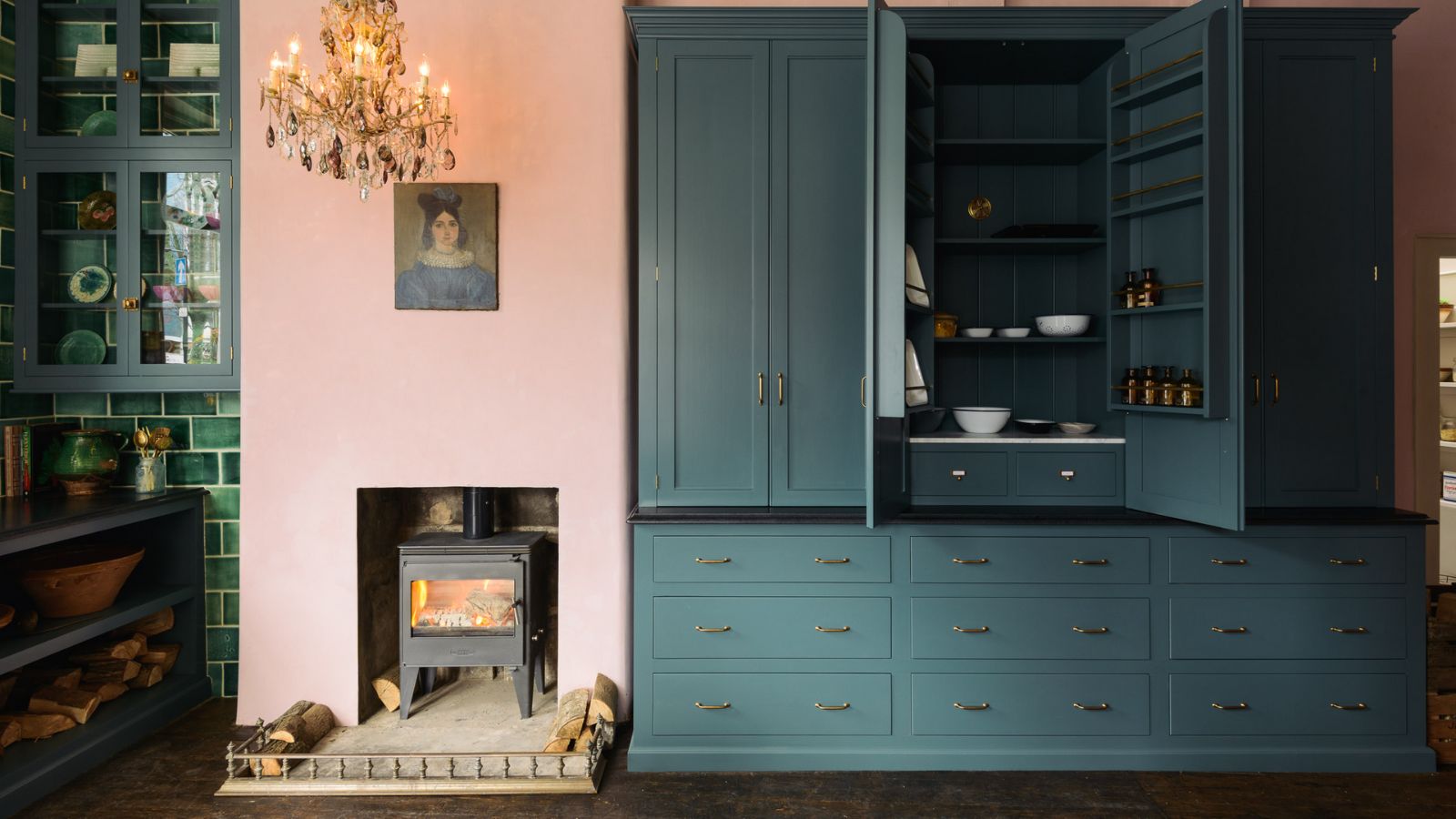

Due to an unfortunate combination of progressive chronic illnesses, I have spent the last 25 years in severe pain, so I’ve had to learn how to declutter with health challenges the rather hard way.
I have had to dig deep and get smart about how I declutter my home to avoid pain and fatigue flares, or new injuries that put me out of action for weeks, or sometimes months.
Here, experts in pain management and home organization reveal 9 adapted decluttering tips so you can successfully organize your home without compromising your health or having to pay someone else to do it for you.
How to declutter with health challenges
I will caveat this with it's totally fine to call the pros and pay a professional to do this for you. However, having been in pain longer than I've been well, I understand the desire to retain your independence and do things your way.
Here's what you can do to avoid injury or flares when decluttering with health challenges.
1. Adaptive pacing
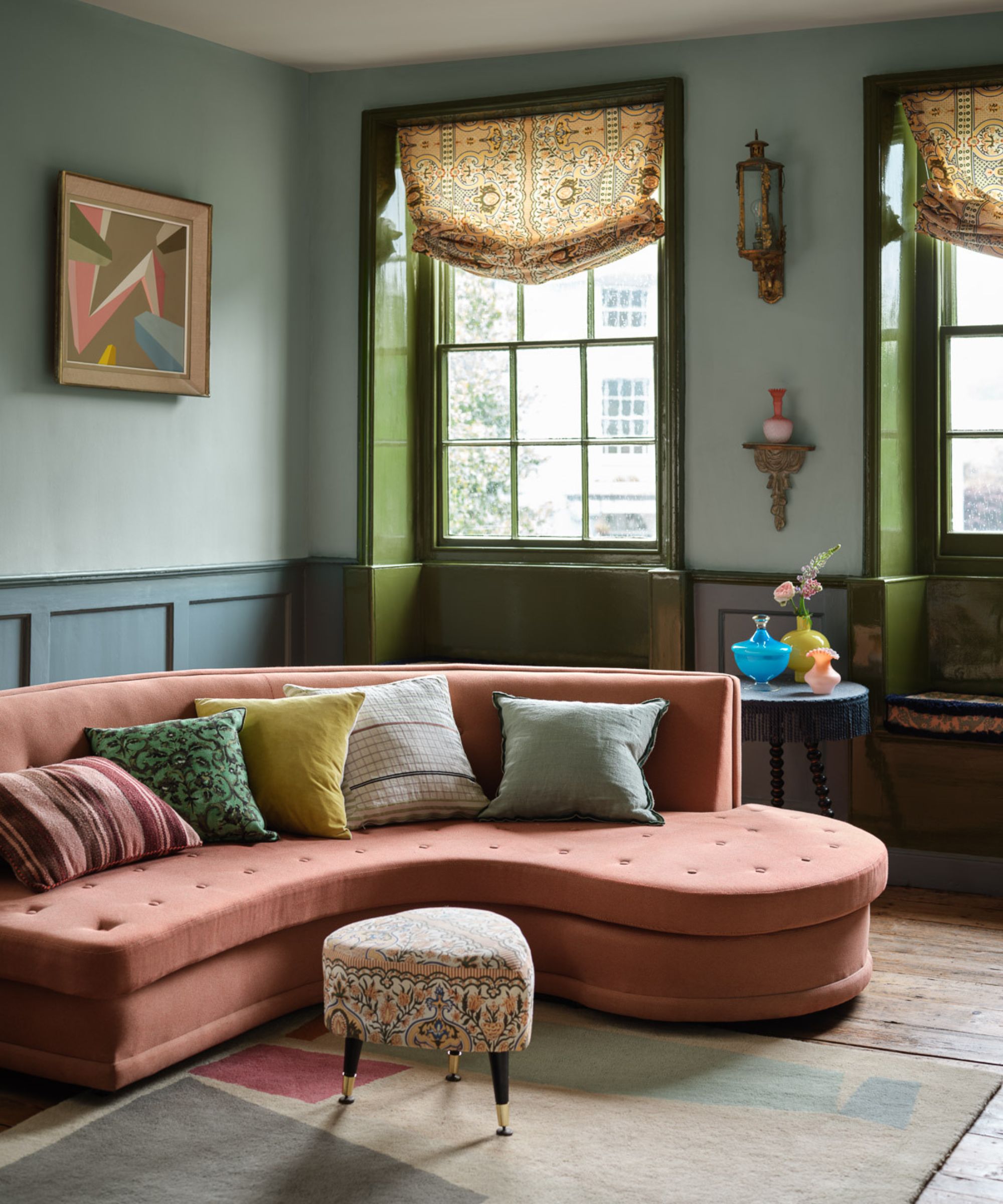
You do not have to clear out a whole room or finish the task in one go. Adaptive pacing when decluttering helps you stop before you reach your limit
This is a well-studied and often recommended pain management strategy for those dealing with long-term health challenges. It's about balancing your capacity to do activities so you maintain a good level of activity, rather than fluctuating between high and low, with cycles of injury or crashing out with sympton flares.
In the same way that I use adaptive pacing when cleaning, the same principles apply to decluttering with health issues without hurting yourself in the process.
Design expertise in your inbox – from inspiring decorating ideas and beautiful celebrity homes to practical gardening advice and shopping round-ups.
First, figure out your baseline so you know how much you can declutter without flare or injury, then gradually increase the amount. It’s sensible to figure out your baseline over two weeks or so, then work on increasing by 10 per cent per week until you’re able to do decluttering sessions for as long as you desire.
Pacing yourself will help you take on a decluttering task without using lots of ‘spoons’ – a colloquial term for units of energy in the chronically ill community – intended for other things such as cooking, working, and socializing.
For example, don’t declutter on the same day as having to shower, cook a meal or spend time with friends if these activities are energy or pain-heavy for you. Schedule decluttering sessions for an otherwise quiet day, in a quiet week, and allow rest breaks around before, during, and after.
Jen Uschold is a physical therapist and fellow of pain science, an expert in the treatment of chronic pain. She says, ‘Imagine you efficiently declutter your entire house in one marathon day. How efficient is it if you are then in bed or unable to do your normal activity for a week due to the flare?
‘Taking a pacing approach, decluttering just one or two small areas a day, means you get the whole house decluttered over several days or weeks. Sure, it takes longer, however, you do not need to “pay” for the decluttering with a pain flare.’
This approach helps you achieve your goal of decluttering while keeping both your energy and comfort intact. Jen advises that you:
- Prep smart: Choose just one or two areas to declutter per day. Keep supplies close for energy conservation, such a basket with handles, or a rolling utility cart, both available from Amazon, to hand.
- Pace your activity: Schedule gentle breaks, even before you feel tired. Setting a timer can help remind you when to rest. We like the Pomodoro-style visual timer from Amazon.
- Move mindfully: Your nervous system loves blood flow and movement, and it is an evidence-based way to ease pain.
- Wind down well: After finishing, spend a few minutes stretching, hydrating, and doing deep breaths to calm your nervous system and support recovery.
- Celebrate: Cleaning one area, no matter how small, without a flare is worth celebrating.
Jen adds, ‘Remember, making activity painless is not about doing more, faster. It’s about creating safety and comfort in your nervous system, allowing you to enjoy a more organized, peaceful home, one paced-step at a time.’
2. Prioritize safety

Which area of your home is important for you and a priority for decluttering?
Do not let societal ‘norms’ for decluttering, that are based on the assumption a person is fully able, mobile and pain free, rule your decluttering sessions. Your prerogative as a person with a health issue, be it chronic or short-to-medium term, is to keep your body well, and not result in an injury, pain, fatigue, or flare, whilst also managing to do the things you wish, such as decluttering.
Let go of any unreasonable expectations, be it one from a decluttering method that tells you to set a timer for 45 minutes, or requires you to stand up or sit for longer than you can manage. Keep your safety and well-being in mind at all times.
Remember: Your body, your rules.
Physician, Mia Kazanjian, a board-certified radiologist, helps patients with chronic injury or fatigue from cancer treatment. She says, ‘Prioritize safety and maximizing well-being in a stepwise, attainable, and even fun way.’
Mia suggests first evaluating what needs to be decluttered. ‘It can be overwhelming to walk into a cluttered house and not know where to start. Start by moving to each room, take photos or videos of the “damage”, and then sit down with a cup of chamomile tea, and make a decluttering plan or visual storyboard plan.
‘That way, instead of walking around and stressing your joints or getting tired, you’re sitting relaxing while you plan. Now you have digestible pieces to put you on the road to success.’
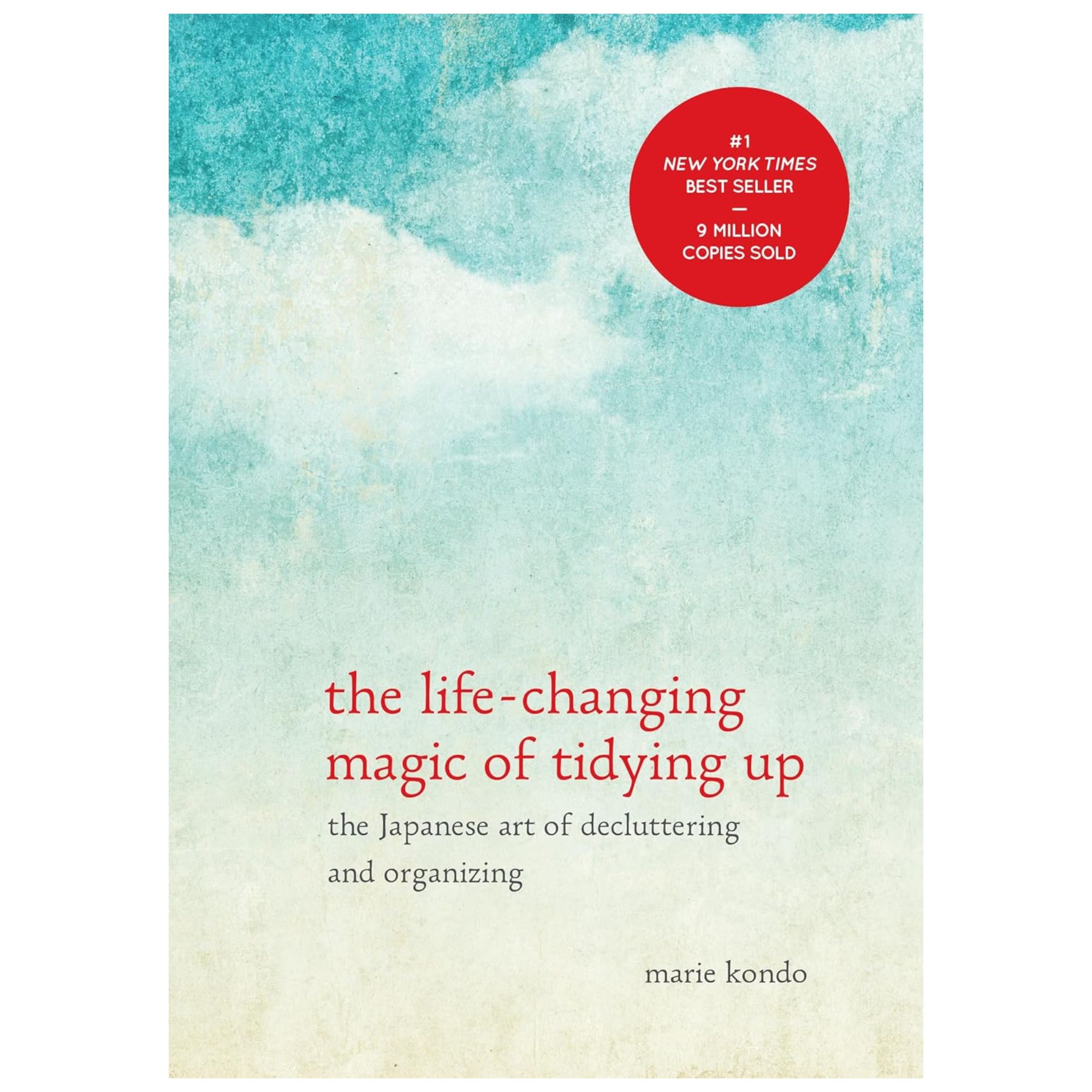
This bestselling book really unpacks the art of decluttering so your home becomes permanently tidy. If you feel the need to swot up on how to declutter, this is a great starting point.
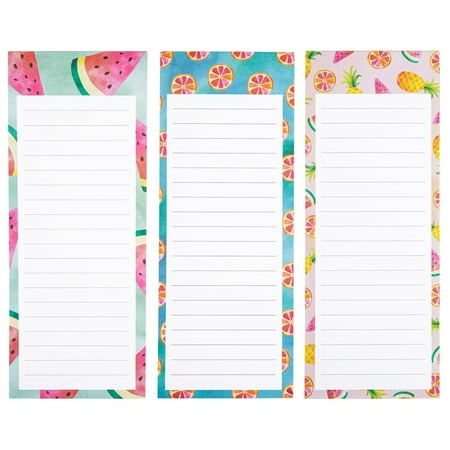
I use to-do lists both on my phone's Notes app, but physical lists on pads like this to help me keep track of what needs doing. These are especially helpful when dealing with brain fog or if you have to abandon a decluttering task. 'Park’ the to-do on a sheet, and return later.

Use a caddy like this to move around essential decluttering items such as labels, pens, trash bags and more.
3. Evaluate needs and prioritize tasks

If you spend a lot of time in one spot, or a key area of your home, such as a breakfast bar, pictured, helps you get through meal times, prioritize sorting out that space
When deciding what to declutter first, prioritize the spaces that support your wellbeing the most daily, and give yourself permission to allow the other areas to wait for as long as is needed.
High-use areas should be at the top of your priority list, e.g. the cluttered kitchen counter where you prepare your meals, the messy bathroom where you carry out vital self care, a packed medicine cabinet that houses your regular and break-through pain medications, entryways to help you get out of the house whilst using up minimal spoons, or your bedside table where you keep vital overnight essentials.
Mia adds, ‘In what rooms do you spend the most time? On your plan, notate 1-10 what spaces are most important. Accordingly, come up with a schedule of where to start the declutter and estimate how long it will take.’
Using a small pocket spiral notebook from Walmart to prioritize these areas that help you the most means you can stay on track with decluttering when you have health challenges, even if you have to stop/ start multiple times.
4. Focus on an easy win
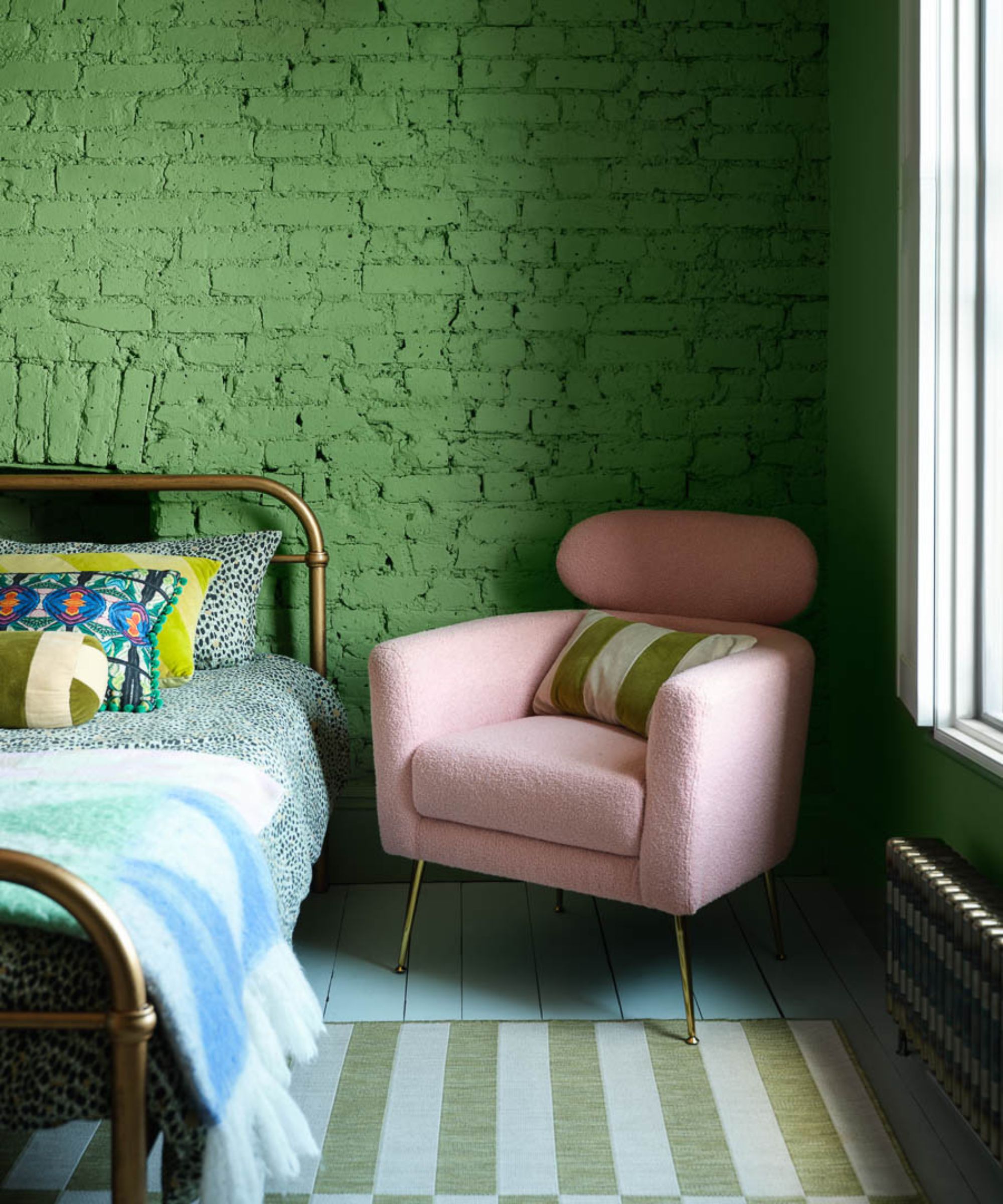
Tackle small areas that will make your life easier, such as the space next to your bed
When decluttering with health challenges, focus on the easy, quick wins. This will bring the most tangible change with the least effort and risk of injury, pain or fatigue.
Mia explains, ‘Focus on one easy win first. If there is a half bathroom that you can nicely tidy without much work, get that done first. Toss the clutter in there and put in a nicely folded napkin from your favorite hotel or club.
'Or if there is one drawer that is a mess, take that on in a couple of hours. That easy win will psychologically open your mind and make you realize the steps are digestible. This will serve as great motivation.’
Using a handy set of drawer organizers, available from QVC, will help the task and keep things organized moving forward. Sort by category for ease.
Professional organizer and owner of Living. Simplified., Lauren Saltman says, ‘Create a system for removing items from your home. Set aside a bag for trash, a box for recycling, another for donations and one for relocation. If the item doesn't belong in the room it is in and needs to be moved to the proper location in your home, for example.’
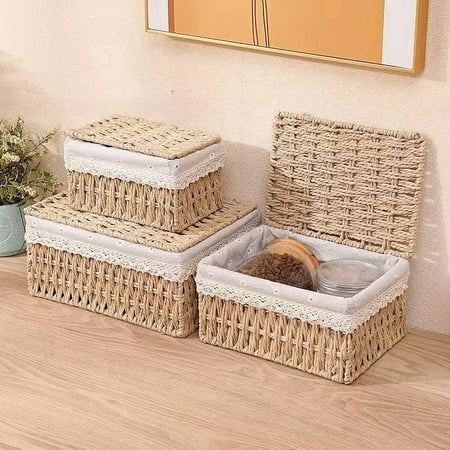
I use storage baskets with lids all over my home. They provide an easy solution when you're mid decluttering and start to feel unwell, but you don't want to leave a lot of visual mess out. Store away in a nice-looking storage bin like these, and return when you're feeling better.
5. Know your limits
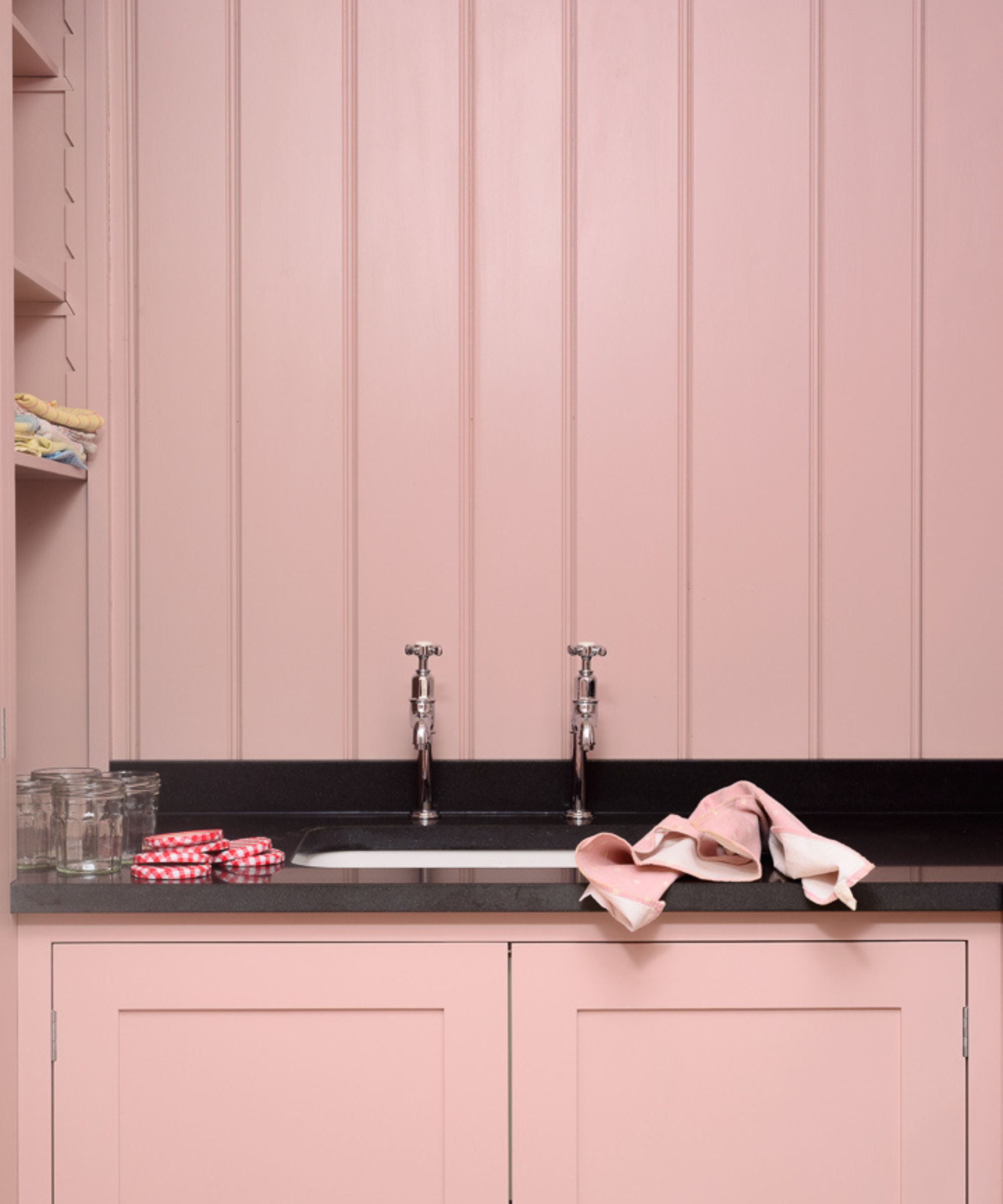
When you need a break, take it. There is no need to be a martyr and push through anything that may harm your well-being when decluttering with health challenges.
Work in chunks of time you can manage and don’t overdo it. Even if that means you cap your decluttering to just two minutes, or one drawer at a time, or per day.
Many decluttering methods in our tried and tested library have a suggested time frame, but that’s all they are, suggestions. Adapt your task and time frames to take care of your physical limits.
Professional organizer, Lauren, adds, ‘Think you can only do 10 minutes? Then set a timer for 10 minutes, and when it goes off, you can be proud of what you did and go back to it the next day.
‘Don't force yourself to go beyond what you can do without causing any discomfort to yourself. It's okay to take several days to complete an entire area. If you're feeling good when your timer goes off, feel free to reset it again and continue working.
I would add that it’s important to stop when you reach the time you initially set for yourself and assess if you are nearing your limit. This is a key part of successfully using adaptive pacing to protect your limits and body.
If you finish and still feel good, you can of course carry on, but it’s OK to take the win and call it a day.
‘Decide what is attainable and what is not on your own,’ physician Mia highlights. ‘Can you safely reach those books on a high shelf? Is that box of old books too heavy to pick up to donate? If anything is unsafe, make a note that you need help.'
Finishing a task and being OK at the end of it is the 'Goldilocks' zone of decluttering with health challenges, not a minimum target to push on from, and potentially derail a successful session with a pain flare or fatigue crash.
6. Ask for help

Ask your loved ones to be your arms and legs, or remove, lift, or put back heavier items you've sorted out, such as books or drawers.
I ask my husband and even my daughter for appropriate help. Help might look like employing your strong loved ones to bring full drawers over to you so you can do the easy part, or keeping, donating, selling, or recycling.
You can also ask loved ones to act as your arms and legs, putting things away for you, so you can instead save your steps, strength, and capacity to move safely for other activities nobody can do for you, such as bathing.
If you feel guilty asking for help, consider this: If somebody you loved asked you for the same help, how would you feel about it? Resentful, or happy to help?
The reality is we typically want to help the people we love and do so without ill feelings. The same unconditional care and love apply in reverse. You deserve the support of your loved ones, and they will likely be helping you just as willingly as you’d help them if you could.
Pat Bathurst, Licensed marriage and family therapist with the Oasis Rehab in California, says, ‘Don’t feel ashamed to ask friends or family for help. Let them know exactly what you need. You deserve help and care from others.’
Bottom line? Ditch the guilt and welcome kindness in your self-talk. Decluttering as a family can be a fun task too, so stick some music on and get busy.
7. Use smart tools
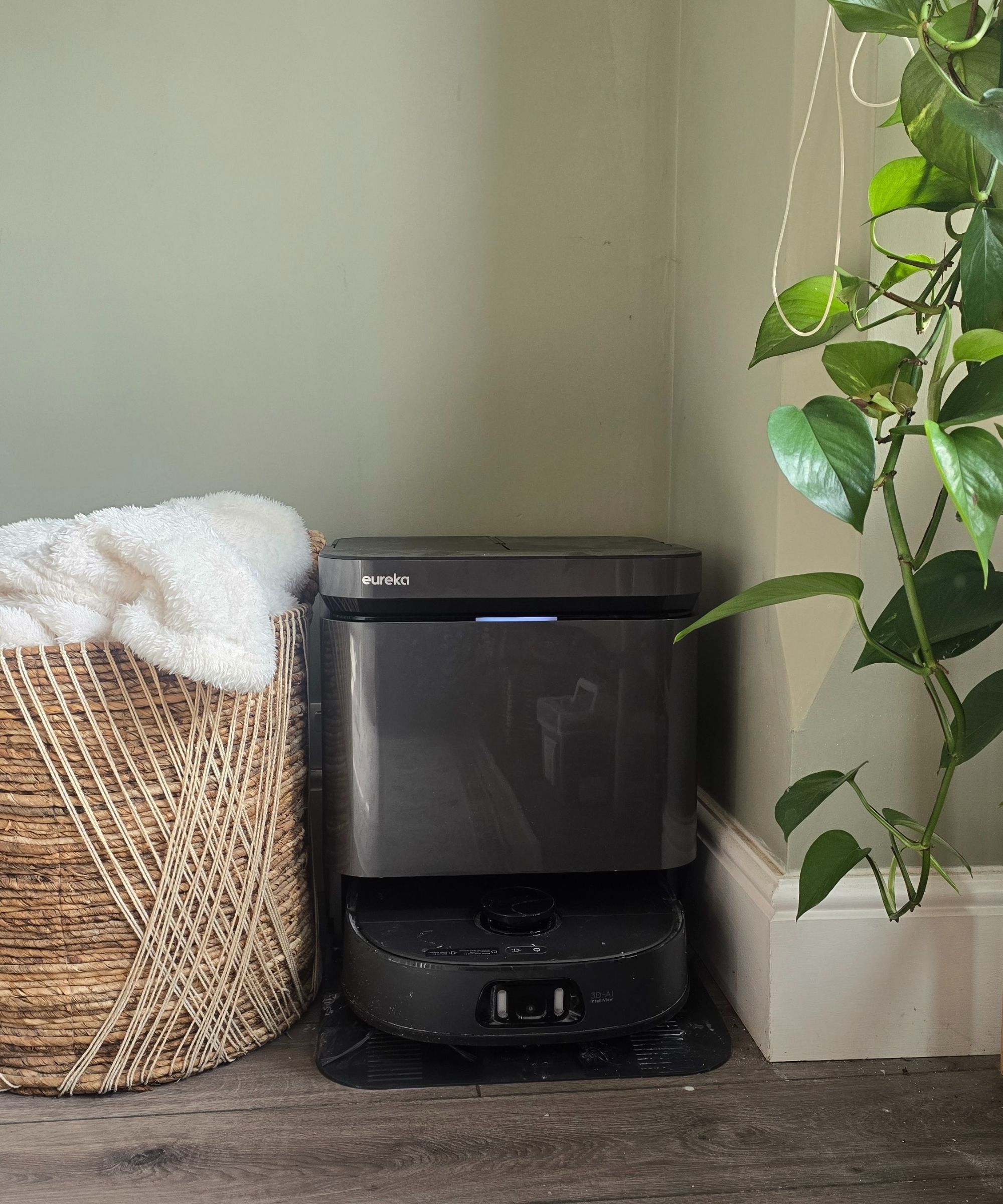
Adding a robot vacuum, such as the self-emptying Eureka J15 Pro Ultra, pictured, can make your life so much easier and save you lots of energy
Use baskets with handles and rolling carts, both available from Wayfair, to move things around. This will take the pressure off your joints, and if you need to stop abruptly before the end of the decluttering, you won’t be left with the stress of visual clutter to deal with.
The items will already be piled up on your cart, or in that lovely basket, and you can return to it another day, or chip away at it slowly without the displaced items disturbing your wellbeing or getting in the way in the meantime.
Physician Mia has a number of excellent suggestions I can personally attest to. She says, ‘Use technology and ergonomic devices as your friend. Don’t push a heavy vacuum. Invest in a robot vacuum. Watch it clean while you have your legs up with a good book. Don’t get up on a stepstool and risk falling. Get a duster with a long arm. Get a snazzy cart with wheels so you don’t have to carry heavy things.’
We tried and loved the Joseph Joseph Cleaning System, available on Amazon, which comes with an extending arm and multiple heads. It'll save you from moving multiple cleaning tools around as you declutter.
I found having the eufy Omni S1 Pro robot vacuum cleaner and mop, which I tested and gave 5 stars to, was a life-changing addition to my house as a person with limited mobility and high levels of pain. It reduced my canister vacuum use by 90 per cent and means that after messy decluttering sessions, I hit an automatic cleaning cycle and let it do the clear up whilst I have a cup of tea and recover.
8. Make it fun (and reward yourself)
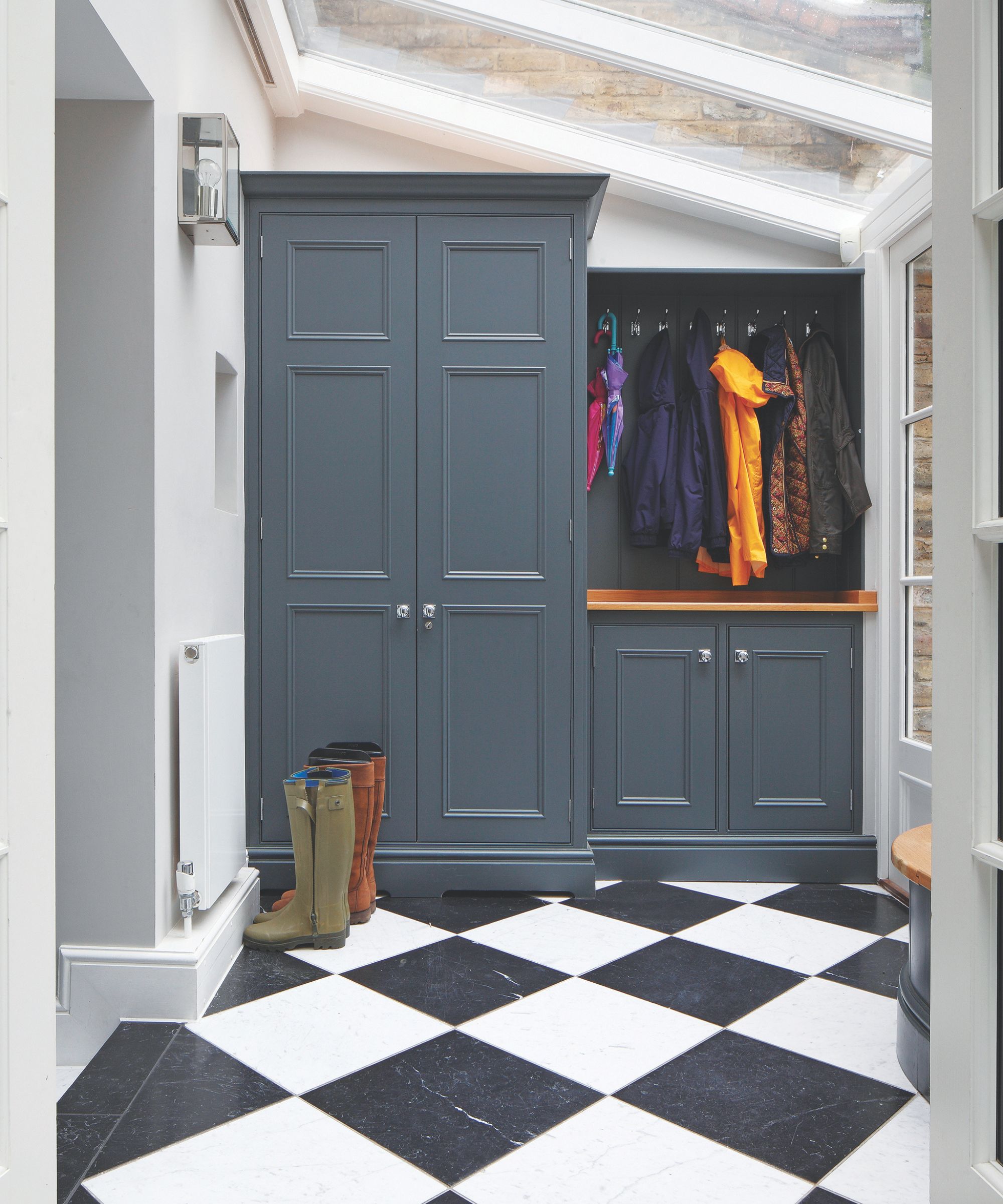
Once you're done successfully decluttering an area, reward yourself
Put on music, promise yourself a reward and make the process fun.
Pain expert Jen adds, ‘Living with chronic pain or illness means everyday tasks such as decluttering can feel overwhelming or daunting, especially when trying to power through in one big burst.
‘Pain Neuroscience Education (PNE) teaches us that when our nervous system feels safe, we’re far less likely to experience pain flares. Creating that sense of safety will help make the activity painless.’
I always play music when I'm completing tasks like this as it helps to distract me from the usual aches and pains of my body, and the alternative sensory input from songs I enjoy is usually motivating and enjoyable.
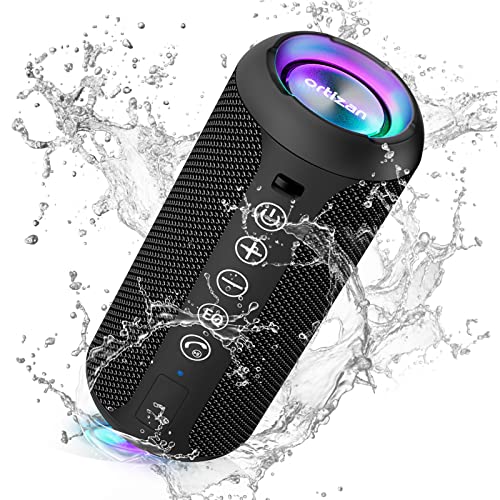
I have a small, portable, wireless Bluetooth speaker like this that moves around the house with me when I'm decluttering. If you're anything like me and enjoy a loud blast of music now and then, this is the perfect way to add an element of fun to your task. It has 30 hours of playtime on a single charge and is waterproof.
9. Create a maintenance routine
Once you’ve successfully decluttered a space around your health challenges, schedule time in your diary to regularly return and check in on that space.
It will mean clutter won’t creep up on you, or have to be as big a task when you return to it next time. Depending on the space, this might be weekly, monthly, quarterly, or annually.
Using easy-peel labels from Amazon is a smart way to keep your newly decluttered space organized, so everything has its own, clearly defined home, and others in the household can also help you maintain the space you’ve carefully decluttered.
What to shop

A set of four baskets with handles like this will come in very handle if you need to stop during your organizing session, or if you need a temporary home for items that need to be moved around.
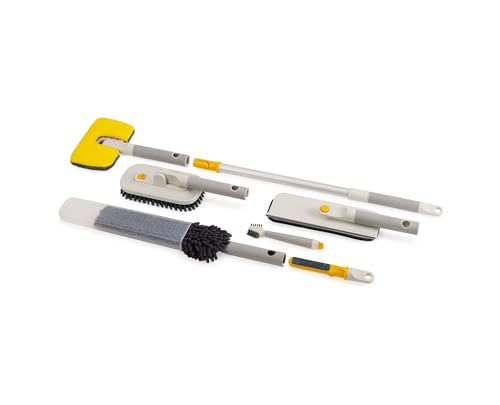
This handy and sturdy set includes a glass Cleaner with squeegee, tile scrubber, grout brush, surface cleaner and duster with telescopic arm useful for fans and high spots. Use this to clean the areas you are organizing and tidying.
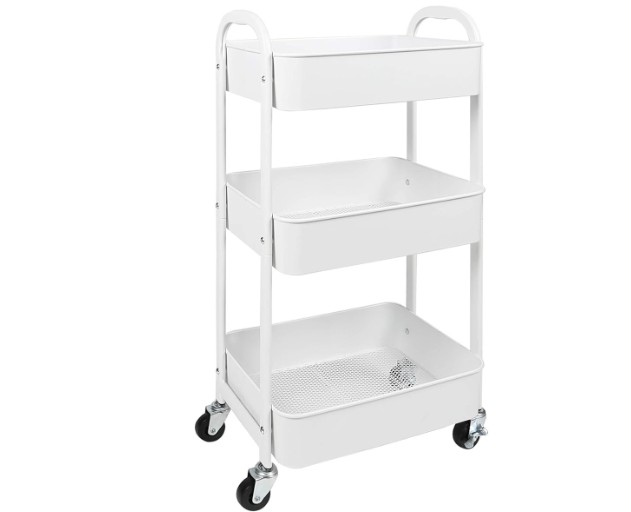
I have multiple rolling carts in my home for ease of movement. It saves me having to lift and carry things I cannot do so without injury or pain. It's especially helpful when re-organizing your space, or needed a temporary spot to corral items.
Meet the experts

Mia Kazanjian, MD, is a board-certified radiologist, Brown and Stanford alumna, and women's health advocate. She works in private practice, reading imaging on people with injuries, and helps in the care of breast cancer patients who have chronic injury or fatigue from treatment.

Jen Uschold is an expert in the treatment of chronic pain, combining over 30 years of experience as a physical therapist with cutting-edge practices in mental fitness and lifestyle medicine. A Fellow of Pain Science, National Board Certified Health and Wellness Coach and Certified Positive Intelligence Coach, Jen empowers individuals to release the grip of chronic pain by addressing the entirety of each unique human. As Program Director for Certification in Lifestyle Medicine at Evidence In Motion and a private practice owner, Jen has transformed countless lives through her innovative, evidence-based approach. Her passion for compassionate care, coaching, and education makes her an in-demand speaker for healthcare professionals and wellness events.

Lauren Saltman is the owner of Living. Simplified., a professional organizing company focused on transforming homes into organized, functional spaces. Specializing in busy families and retirees, she tailors her approach to create personalized organizing strategies that seamlessly fit her clients' lifestyles. Lauren is hands-on and dedicated, guiding clients to focus on what they love while empowering them to maintain their organized environments. Her expertise has been featured in major publications such as Martha Stewart Living, House Beautiful, Architectural Digest, and Better Homes & Gardens, showcasing her status as an industry expert and her commitment to helping others transform their homes and lives.

Pat is a licensed therapist and and often works with clients around creating goals in their lives, and has years of experience supporting clients with chronic mental and physical health conditions at the The Oasis Rehab in California..
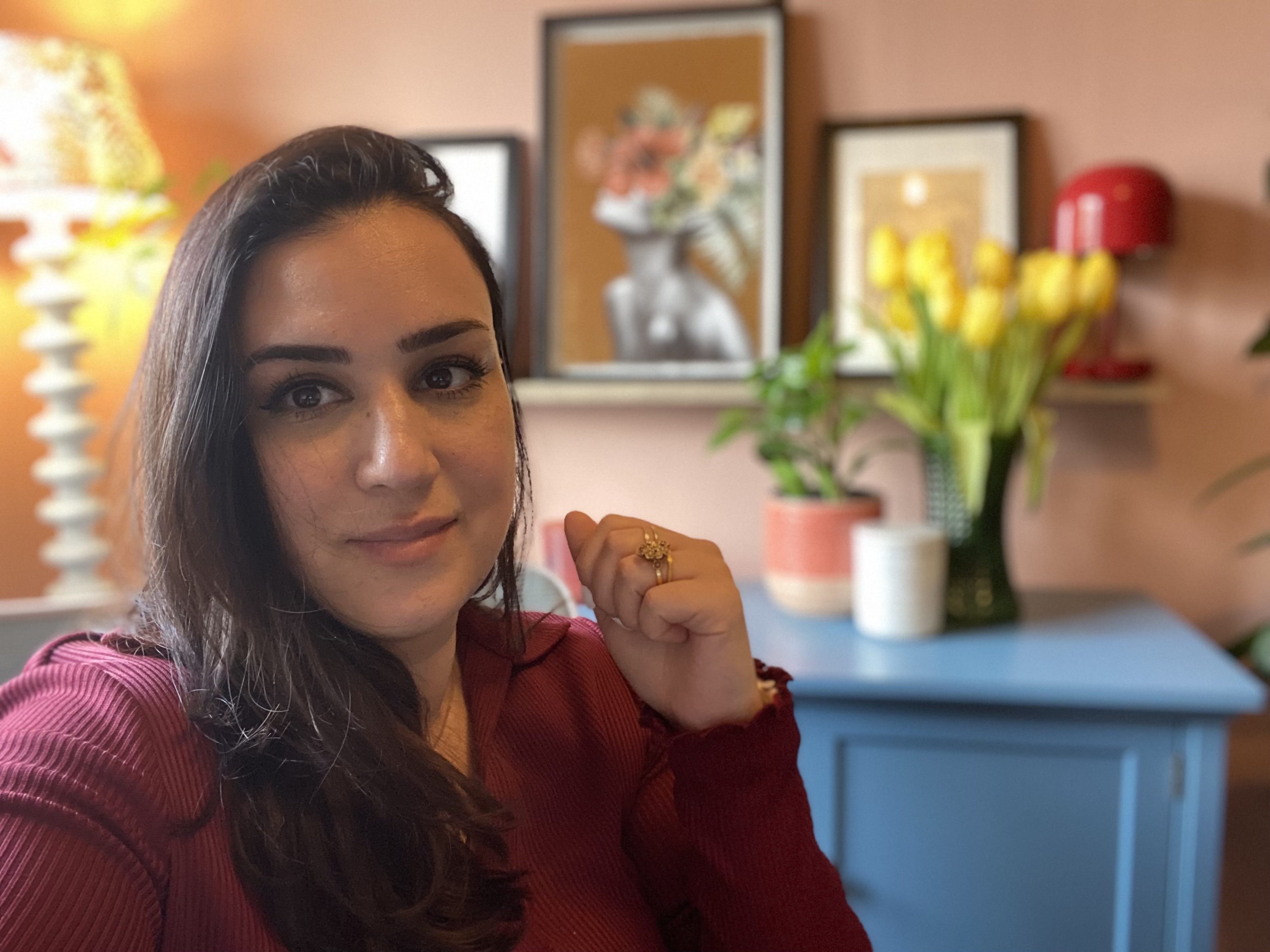
Punteha was editor of Real Homes before joining Homes and Gardens. She has written and edited wellbeing, lifestyle, and consumer pieces for the national press for 17 years, working across print and digital newspapers and magazines. She’s a Sunday Times bestselling ghostwriter, former BBC Good Food columnist and founding editor of independent magazine, lacunavoices.com. Punteha loves keeping her home clean, has tested and reviewed the latest robot vacuums and video doorbells, enjoys cooking, DIY, decluttering and spending weekends improving her newly-built home. Punteha is disabled and in chronic pain, so small, paced projects that bring big impact and make her household run smoothly are her focus.